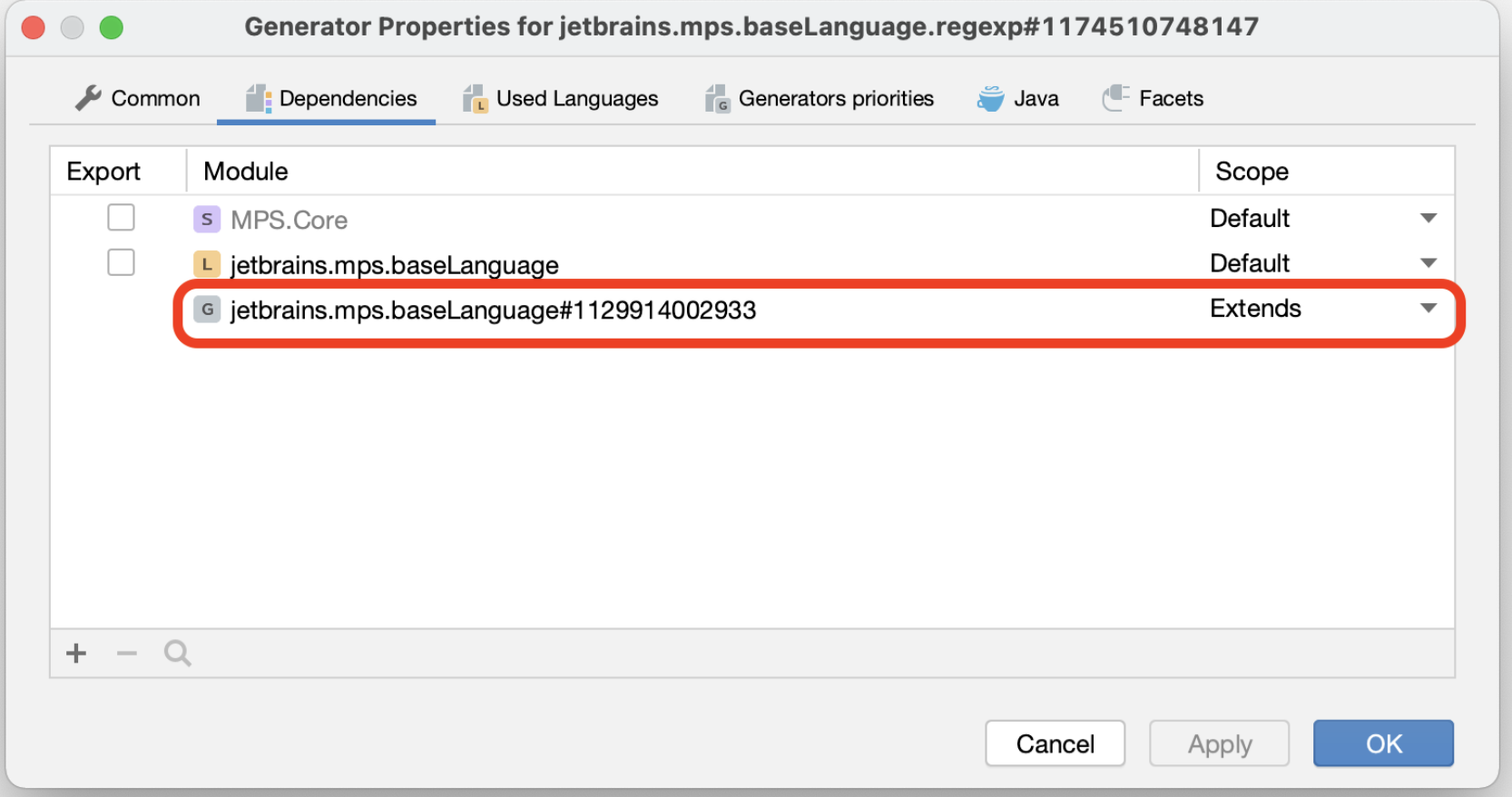Type System Aspect¶ ⧉
A type system is part of a language definition assigning types to the nodes in the models written using the language. The type system checks certain constraints on nodes and their types.
— MPS documentation
Type system rules aren't executing.
Turn off the power save mode ⧉. Make also sure that you use the language that contains the rules. Make sure that under Tool → Model Checker, the type system checks are enabled. The type system only checks some rules when you invoke Check model. In this case, the option do not apply on the fly is set to true in a checking rule.
How can I get a type in places where node.type returns null and type information is not available?
Note: This code won't work in the generator because MPSCoreComponents#getInstance() is not available in this place:
Are comparison rules often used?
They are rarely used (not many results across various code bases).
How do you learn more about MPS CodeRules?
This new type-system works with logical constraints. Visit JetBrains/mps-coderules for more information. There is also a blog post ⧉ about this project. The new MPS implementation of the Kotlin language uses CodeRules. JetBrains/mps-kotlin-typesystem contains more information. There is also a free course about it on stepik ⧉.
Type system vs. constraints?
Type system vs. constraints ⧉ (Specific Languages' blog)
Subtyping vs. inheritance?
Subtyping vs inheritance ⧉ (Specific Languages' blog)
How can you speed up model checks? (< 2021.2)
Speeding up model checks with Scope Cache ⧉ (Specific Languages' blog)
How do you build a language extension for checking rules?
I built a Base Language extension that you can use in a checking rule (i.e., in the type system aspect of another language). Still, the new language's generator isn't engaged while generating some checking rules using the extension (the generation plan says: "NOT IN THE PLAN").
The new language's generator must depend on the Base Language generator with the scope set to Extends.
contributed by: @kbirken
When and why should you copy a type in an inference rule?
I've seen the same code, where one time, the type is copied, and another time it's just used (without the copy). When should we copy the type and why?
Copy the type only if you want to use it in another type as a child.
In the example, it should be fine to use member.type. But let's say you have a SetType concept in your language that contains an innerType as a child. If you want to construct an instance of that concept, write code like this:
If you omit the .copy in the code, you will attempt to "hijack" the member.type node from the member and break the model. MPS will complain.
contributed by: @sergej-koscejev
How do you suppress errors?
I have a piece of embedded demonstration code and don't want it to show warnings (e.g., on unused variables). How can I do that?
Make your node implement ISuppressErrors ⧉. If you don't override any methods, it will suppress all constraint, type system, and cardinality errors and warnings.
- You may override
#suppress(node<>)to only hide the errors of certain subnodes. -
You may override
#suppress(NodeReportItem)to only hide specific errors. Overriding this will take precedence over overriding#suppress(node<>). Xou should implement only one of them or manually call#suppress(node<>)from#suppress(NodeReportItem). -
If there are nested nodes that implement
ISuppressErrors, the error will be suppressed if any of them returns true. You may debug such by copying the error node to the console (e.g.,nodeRef@50283) and running this line:
The result is the path from that node to the top and will tell you which node is suppressing that error.
The concept IAntisuppressErrors ⧉ also plays a role there, although it is deprecated (implement the suppress method instead).
contributed by: @abstraktor
Is there an elegant way to express inference rules on lists?
If you want to calculate the common type of more than one node you can use a type system variable for that. Example:
Given that you need the operation type in the end. You probably need to change the implementation of the rules contributing to the operation type only to use "one side." If the type of the expression is simply the type of the variable x, you can omit it.
answered by: @coolya
What's Helgins?
It's the old name of the type system. The name is nowadays not used anymore.
What is the relation between null and other types?
Null is a subtype of every reference ⧉ type in Base Language/Java but not of primitive types.
What does variance mean?
Detailed explanation:
It concerns the relationship between types and subtypes, type conversion, and deciding whether a method is overwritten or overloaded.
Simple explanation:
- covariance
- subtypes are allowed instead of a type
- examples: method return type, parameter type, variable assignment
- contravariance:
- supertypes are allowed instead of a type
- parameter of function types ⧉
- invariance: neither covariance nor contravariance
- examples: generics (e.g
List<String>is not a subtype ofList<Object>)
- examples: generics (e.g
For overridden methods, the signature has to be the same (name + parameters), and the return type can be a subtype of the original return type:
The class MyList is allowed to specify a different return type (ListIterator).
What's autoboxing in Base Language/Java?
In some cases, there is an automatic conversion between primitive and reference types called [autoboxing/unboxing](https://docs.oracle.com/javase/tutorial/java/data/autoboxing.html).
Autoboxing doesn't apply to array types ⧉, and the type checker behaves differently in Java (J) and Base Language (B):
How can I find out programmatically if a model has errors or not?

